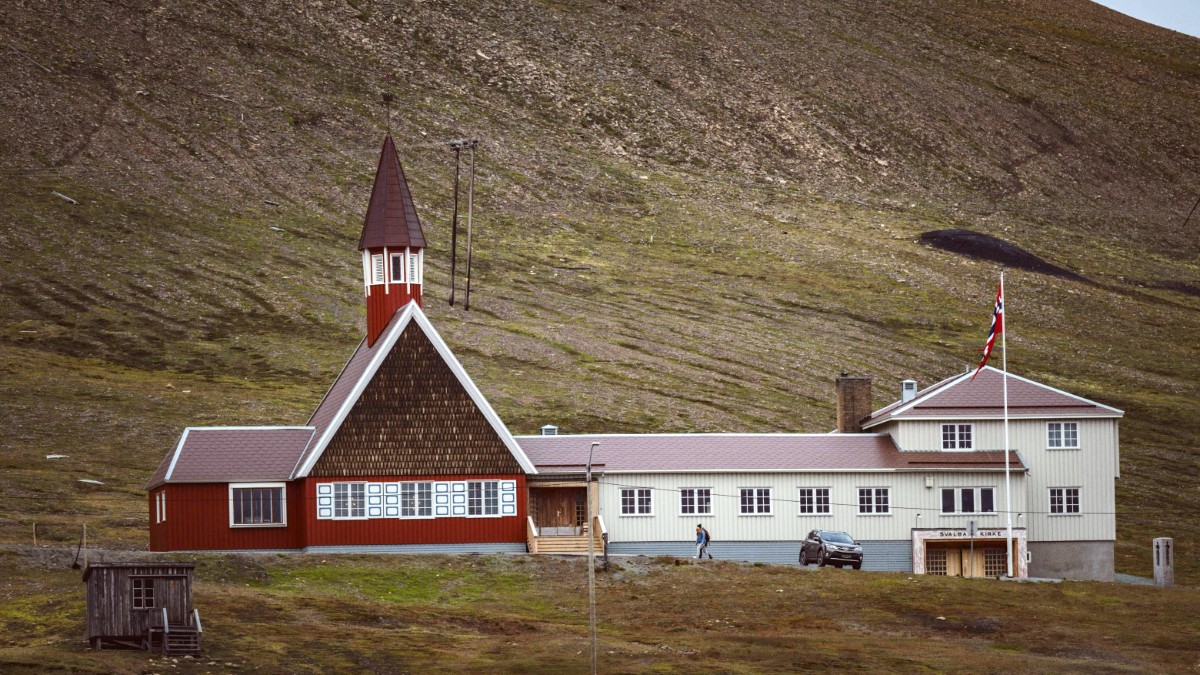
Svalbard, Norway
Approximately 65% of Svalbard's land and sea area are national parks and nature reserves. Strict regulations exist to preserve the unique Arctic ecosystem, wildlife, vegetation, and geological features.
Longyearbyen has an organized waste system. Visitors should minimize waste, sort trash, and take all waste if venturing outside. Do not litter.
Water from glaciers is abundant, yet a valuable resource. Be mindful of usage. Take shorter showers. Avoid unnecessary waste. Sustainable tourism practices respect all resources.
Conscious choices leave a positive mark on Svalbard's delicate ecosystem.
Flights to and from Svalbard contribute emissions. Consider purchasing carbon offsets for your flights. Many airlines present this option during booking.
Seek tour operators and accommodations that emphasize sustainable practices. These might include minimal impact tours, waste reduction, energy-efficient operations, or use of local resources.
Choose gear that minimizes environmental impact and reusable products to reduce waste.
Prioritize operators committed to responsible tourism. They safeguard the environment and cultural integrity.
Reduce consumption and sort trash. Avoid littering. Support local conservation efforts.
Use reusable water bottles and bags. This greatly lessens your footprint in the Arctic.
Find reusable products online.Minimize your waste. Use Reusable water bottles and sort your trash according to local guidelines.
Interacting respectfully and supporting local businesses greatly aids Svalbard's community and heritage.
Support local cultural institutions. Maintain safe distance from wildlife. Never feed animals. Do not disturb nesting birds. Stay on marked trails. Do not pick flowers or collect rocks. Do not touch historical items.
Be respectful when photographing people. Always ask permission for close-ups. Use a telephoto lens for wildlife to avoid disturbance. Do not use drones near wildlife without permits. If visiting Svalbard Church, dress respectfully and maintain quiet.
Support local, independently owned businesses. Choose local restaurants, shops, and tour operators. Look for 'Made in Svalbard' products. Avoid items from protected species (e.g., polar bear teeth).
Be wary of tours promising guaranteed close encounters with dangerous wildlife. Avoid activities disregarding environmental regulations. Support local environmental conservation organizations or community initiatives rather than giving directly to individuals.
Your choices directly contribute to the Longyearbyen community.
Local guides enhance experiences.
Dining at local restaurants supports jobs and local food supply chains.
Purchasing souvenirs from local shops supports artisans and local businesses directly.
Keep a safe distance from all wildlife. Never disturb animals or their natural behavior. Always prioritize animal welfare and your safety. Use a Telephoto lens for close-up wildlife shots.
Support local businesses. Choose locally owned tour operators and restaurants to contribute to the community. Your economic contribution is valued.